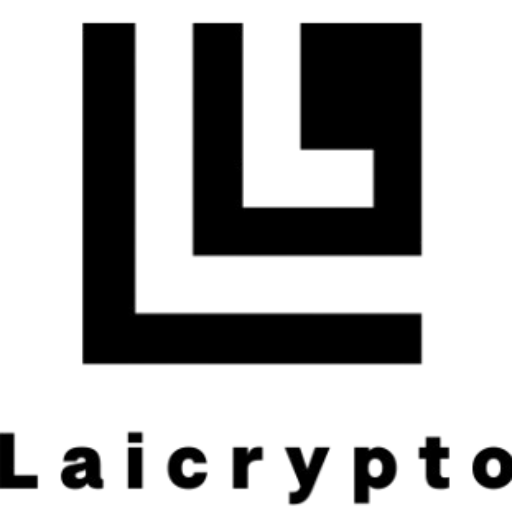Subscribe to Updates
Author: Michael Johnson
The following is an update from Next Billion Fellow Mulenga Kapwepwe and her initiative “Summitshare”. For more about the Next Billion Fellowship Program and to apply, please visit https://nxbn.ethereum.foundation/. Mulenga Kapwepwe, founder of the Women’s History Museum of Zambia posed a question in 2022 to a small group of younger tech enthusiasts in Zambia: Can something called “blockchain technology” offer any new usefulness for the preservation of history? She had started a new initiative aimed at digital humanities, and engaging with young people excited by technology who might want to apply their talents to the world of arts, culture, and…
We firmly believe that information is a public good that should be freely shared within the community. In line with this philosophy, in 2022 we initiated a series of grants to support academic research to foster knowledge and further enhance the Ethereum ecosystem. The response we received was overwhelming, and… Source link
The Ecosystem Funding Initiative team is thrilled to announce the recipients of the 2024 Academic Grants Round! This round, we are proud to support 41 projects from researchers and institutions worldwide. These projects address fundamental challenges and opportunities in areas critical to Ethereum’s growth, including cryptography, consensus mechanisms, security, execution,… Source link
The EF’s Ecosystem Funding Initiative team is proud to announce the launch of the 2025 Academic Grants Round, a pioneering initiative aimed at empowering and expanding the frontiers of Ethereum-related academic research. With a dedicated fund of $2 million, we are eager to build upon the success of the previous rounds by supporting innovative research in diverse fields critical to the growth and strengthening of the Ethereum ecosystem. Round Scope The scope of this round includes, but is not limited to, projects in Economics & Game Theory, Applied and Theoretical Cryptography, Consensus Algorithms, Protocol Design, Networking & P2P Technologies, Client…
2024 was a great year for ethereum.org, and as we already have our hands full with projects and initiatives for 2025, it’s important to take a moment to celebrate the achievements made possible by the community this past year. With that in mind, we’ve put together a recap of our top highlights from 2024—we hope you enjoy reading it! Blobs everywhere: launching the Dencun FAQ In 2023, we built a comprehensive hub for Ethereum’s protocol roadmap on ethereum.org. A few months later, in March 2024, the Cancun-Deneb (aka Dencun) network upgrade was deployed. As questions started coming in, it was…
We’re evolving how we build ethereum.org. Starting January 20th, we’ve adopted Shape Up cycles – focused 6-week build periods followed by 2-week cooldowns. For Cycle 1, each project below will ship by the end of February – no automatic rollovers to next cycle. Quick point of clarification: this is the cycle roadmap for ethereum.org the website, not Ethereum the protocol. We’ll ship the following projects by the end of February in our first cycle: Core ethereum.org improvements Interactive roadmap 🛣️ Making Vitalik’s Ethereum roadmap more beginner-friendly and interactive, helping newcomers understand Ethereum’s evolution and future. Listen-to-learn 🎧 Implementing audio capabilities…
Citi forecasts Bitcoin at $143K and Ethereum at $4,304 in 12 months. Regulatory clarity and adoption drive institutional interest in crypto. Short-term risks, including bearish patterns, options expiry, and ETF outflows, still linger. Citigroup has delivered one of the most upbeat outlooks from a major Wall Street institution on digital assets, forecasting strong upside for both Bitcoin and Ethereum over the next year. The bank’s projections come at a time when crypto markets are navigating sharp short-term volatility while longer-term adoption trends continue to strengthen. A bullish baseline with room to run In a recent research note, Citigroup set a…
The Hegota update will follow Glamsterdam in the Ethereum upgrade cycle. Hegota will merge execution and consensus upgrades to boost efficiency and scalability. Verkle Trees and state improvements aim to make Ethereum lighter for node operators. Ethereum developers have unveiled the name of the network’s next major upgrade, offering the community an early look at what lies ahead for the blockchain in 2026. Just weeks after the Fusaka update, developers confirmed that the post-Glamsterdam upgrade will be known as Hegota, continuing Ethereum’s steady path of technical refinement and long-term scalability planning. The announcement, shared through developer discussions and highlighted by…
tl;dr: Ethereum Protocol Studies is returning for 2025. Visit epf.wiki to fill out the survey and join the town hall on Wednesday, Feb 12. The Ethereum Protocol Studies program (EPS) is back for 2025! Designed to lower the barrier to understanding Ethereum’s core protocol, EPS provides structured learning and a direct path to deeper protocol knowledge. Expanding Learning Resources Over the past year, we’ve created a curriculum covering foundational Ethereum concepts available to help onboard new participants. These recordings serve as an invaluable resource for newcomers and seasoned builders alike. Some highlights of the curriculum include this session on data…
Community & educationAleph de VeranoCrecimiento2-week event in Buenos Aires, Argentina featuring a ZK and fully homomorphic encryption (FHE) bootcamp, hackathon, demo day, and talks on DeFi, infrastructure, governance, and regulation.Community & educationAleph ZK Week3-day conference hosted during the Aleph pop-up city in Buenos Aires, Argentina, that provided a deep dive into programmable cryptography, multi-party computation (MPC), FHE, and decentralized identity systems.Community & educationAlgebraic Aspects in the Design and Cryptanalysis of Modern Symmetric Cryptography (ALPSY) 2025Research workshop that unites experts in arithmetic oriented symmetric-key primitives and their cryptanalysis to foster collaborations on significant research problems, including special sessions on Poseidon.Community &…


